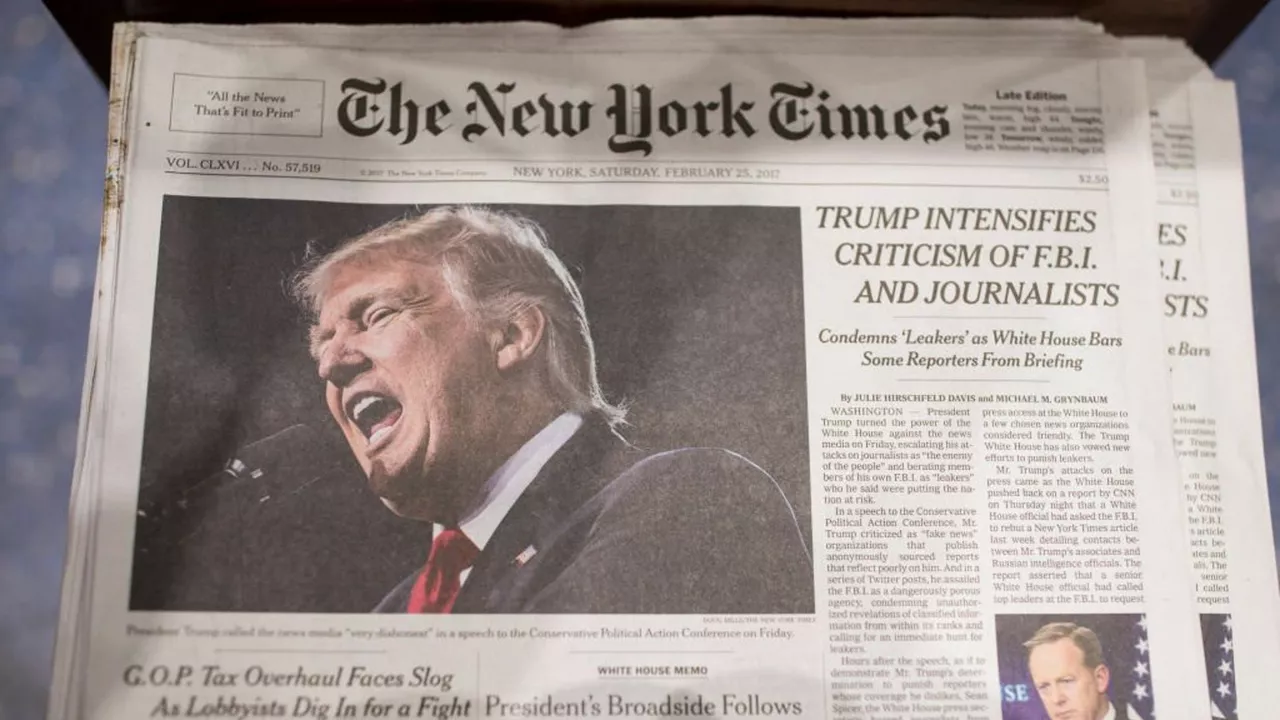At the Crossroads of Diversity and Reporting
It's the final day of July as I sit here in wet and cold Perth, warming my fingers at my keyboard, trying to unravel a narrative that's as enigmatic as it is intriguing. Can you guess the conundrum at the top of my scribbling mind today? Yes, you've got it – The New York Times and its curious coverage of India. Quirks, criticism and some might even say, outright cynicism, seem to mark its forte when painting a picture of this wildly diverse nation.
Now, lest anyone out of context jumps on the 'Hey, Arvind is enforcing his own narrative' bandwagon, I must clarify. Straddling between Pinarayi Vijayan, the Communist Chief Minister of Kerala and Narendra Modi's BJP government forms the wave of vastly different political stances in India. Throw in Bollywood, Cricket and the colourful palette of a billion dreams - You're not going to find a bigger kaleidoscope. So simplicity in coverage, my dear readers, is virtually impossible.
However, the bone of contention is not the complexity in reporting but the frequent shade of negativity that often permeates through the same. Why do articles frequently appear with a doomsday undertone? Is it just journalistic skepticism, or is there something more we aren't seeing?
The Lens of Perception
It often treads the territory between funny and odd when The New York Times seems to truly discover India in all its absurdity. From the sacred cows wandering the streets to the ‘Indian head bobble’, it seems the exotic captivates at every turn. I appreciate that it introduces the less-known quirks of my homeland to a broader audience. Yet, I can't help but feel that sometimes the bizarre and profound are picked over progress and positivity.
Consider the case of the retrospective lens focused on India's COVID-19 response. India's healthcare infrastructure strains under sheer population pressure, that's common knowledge. But then again, every nation has unique challenges. However, often than not Indian failures get accentuated considerably.
I mean, sure, I’d be forgiven for labelling any news – fake or otherwise – as having a 'glass half full' approach during these tough times. But, a globetrotting media giant like The New York Times? Query me no queries, it raises an eyebrow. With hundreds of correspondents and thousands of employees globally, couldn't they project a more balanced stance?
Constructive Criticism or Unchecked Bias?
Now, as an Indian living abroad, I don't subscribe to the notion that India should be blindly eulogized or shielded from constructive criticism. Let's also not undermine the importance of international media outlets holding power to account in countries where press freedom might be threatened. But continuously scrutinising all events from a seemingly singularly negative lens doesn't exactly help build a balanced global perspective, now does it?
For instance, India's issues with air pollution are vastly highlighted, which absolutely should be. It is a pressing concern that demands attention. But so is the fact that India is one of the leading nations in renewable energy adoption with ambitious green goals. It's all about striking a balance, isn't it?
But sometimes, and this is where I might ruffle a few feathers, the bias is so glaringly obvious. There is a tendency to pick and present what suits a narrative that perpetuates a sense of 'otherness'. News is not just about representation but also about interpretation. Wouldn't it be fair if we could explore more triumphs along with the trials, the innovation amid the chaos, the sparkling multicultural mix that births a nation of stunning resilience?
Reconsidering the Narrative
Looking back, I remember a time, while still in Mumbai, engrossed in a conversation with a British friend visiting India for the first time. She seemed aghast, her eyes wide in shock while she gave her first impressions about my chaotic homeland. She hadn't expected the chaos, the noise, the swarm of people. She had been reading avidly about India in preparation for her trip and had painted a different picture in her head based on The New York Times' reportage. Her account validated my growing scepticism.
So, should I decry The New York Times' coverage of India as purely negative or biased? I won't go to such extremes. Let's call it a reminder that journalism, at its core, is a human enterprise, fraught with all the imperfections that come with human perception, judgement, and yes, bias too – and, specifically, narrative bias. And being aware of these biases, allows readers to approach the news with a healthy degree of scepticism and curiosity, to explore beyond the printed words and draw more balanced perspectives.
As readers, we must have the willingness to venture into the dense informational jungle, and pry out different viewpoints. Explore the homegrown news outlets, hear from natives and neophytes, investigate beyond the 'international' coverage and you will find the true beauty of India that’s both enchanting and bewildering. It wouldn't hurt The New York Times and other media houses to consider this before putting pen to paper. Always remember - What's reported is essential, but how it's reported, that's what makes all the difference.
